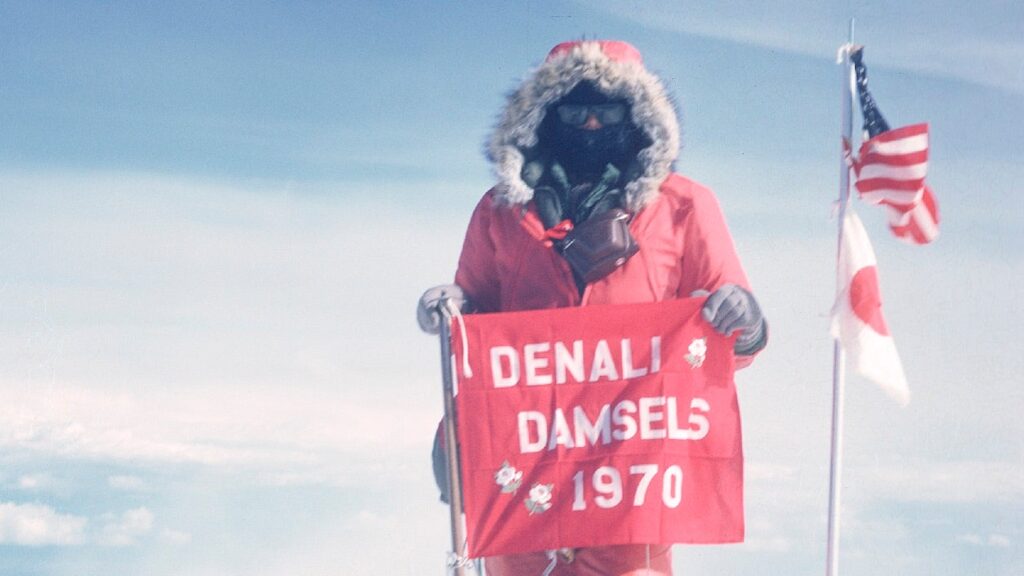The Historic All-Female Ascent of Denali: Celebrating Women’s Pioneering Spirit
In 1970, a remarkable milestone was reached when six women made history by completing the first all-female ascent of Denali, North America’s highest peak. Led by Alaskan mountaineer Grace Hoeman, this trailblazing team included talented alpinist and chemist Arlene Blum, New Zealand geologist Margaret Clark, and pilot Margaret Young, who was famously noted as a pariah of the Forbes family. This achievement not only broke gender barriers in mountaineering but also served as a poignant reminder of enduring challenges faced by women in traditionally male-dominated fields.
The Release of *Thirty Below*
The inspiring story of this ascent has recently come to light in *Thirty Below*, a book released on March 4, authored by award-winning adventure writer Cassidy Randall. In her book, Randall recounts the many adversities the women faced—from extreme weather conditions to criticism from male climbers who dismissed their capabilities with derogatory remarks. This historical retelling aims to highlight the struggles and triumphs of these pioneering women, immortalizing their legacy in the world of climbing.
Challenges Faced on the Mountain
Despite the perilous conditions and skepticism from their peers, the women successfully summited the West Buttress route of Denali. As Randall notes, “An all-women’s ascent had never been done before.” The stakes were exceptionally high, with these female climbers not only aiming for personal triumph but also representing women everywhere. Their ascent involved navigating challenging terrains filled with hidden crevasses, icefall, avalanches, and steep ridges, underscoring the profound tenacity required to achieve such extraordinary goals.
Rediscovering Forgotten Histories
In an interview with Randall, she expressed her motivation for telling this underreported story, reflecting on how her agent’s email opened her eyes to a climactic event that had largely slipped into obscurity. The narratives surrounding women’s contributions to adventure and exploration remain scant in mainstream literature, and Randall aims to rectify that gap. With her work, she sheds light on the importance of recognizing female pioneers in mountaineering and adventure storytelling.
The Significance of Women’s Representation in Climbing
Randall emphasizes the significance of this story in today’s context, where female figures in adventure literature remain vastly underrepresented. “These six women are some that history unjustly forgot, but they deserve a lasting place in the annals of adventure,” she asserts. Her book not only celebrates their groundbreaking ascent but also tackles the complex dynamics of gender roles and societal expectations, advocating for a more nuanced portrayal of women in adventure narratives.
Insight into the Research Process
During her research, Randall was astonished by the pervasive attitudes toward women climbers even in the 1970s. Many believed that women required male assistance to conquer mountains, a notion that the Denali team not only challenged but dispelled with their historic climb. Randall further discovered numerous instances of ridicule and dismissal the women faced from their male counterparts, highlighting the societal barriers that they overcame to establish their place in mountaineering history.
A Call to Action for Gender Equality in Adventure
Ultimately, *Thirty Below* serves as both a historical recount of a significant climbing achievement and a compelling reminder of the ongoing fight for gender equality in adventure sports. As Randall articulates, “It’s just a damn good story, one that reminds us that it’s possible to do the things that everyone else believes are impossible.” The book is a tribute to female perseverance, urging both readers and climbers to advocate for women’s presence in all realms of adventure and exploration.
